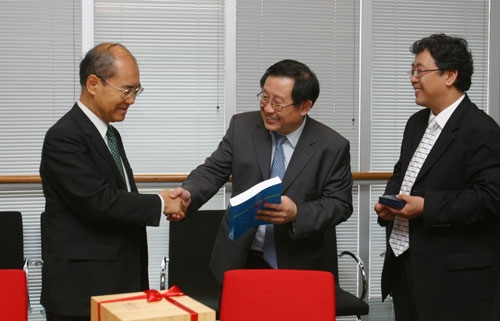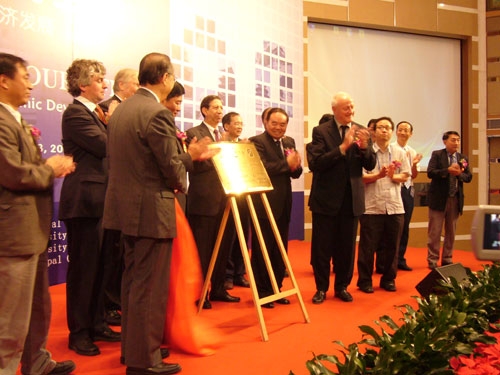 Table 1:Training and educational projects
Table 1:Training and educational projects
 Table 3 International Experts and Officials Received at WHITRAP Shanghai
Table 3 International Experts and Officials Received at WHITRAP Shanghai
Establishment Background
2004
In July, the Government of the People’s Republic of China proposed, at the 28th Session of the World Heritage Committee, to establish a World Heritage Training and Research Institute for the Asia and the Pacific Region (WHITRAP) in China.

In July, Mr. Koichiro Matsuura, Director-General of UNESCO, paid a visit to Tongji University. He said, “Tongji University is a very suitable place to establish WHITRAP.”
2005
In April, Tongji University applied for the establishment of WHITRAP to the Chinese National Commission for UNESCO (NATCOM).
In July, at the 30th Session of the World Heritage Committee, members reacted favorably to the feasibility study for the establishment in China of a World Heritage Training And Research Institute for the Asia And The Pacific Region.
2007
In May, Tongji University provided the Wenyuan Building as workspace for WHITRAP.
On May 21, The International Symposium on the Organization and Operation of WHITRAP was held at Tongji University.
On October 12, at the 34th Session of UNESCO General Conference, formal approval was given for the establishment of “World Heritage Training and Research Institute for the Asia and the Pacific Region”, a category 2 institute under the auspices of UNESCO in China. The institute is co-organized by Shanghai, Beijing, and Suzhou, which are responsible for the conservation of cultural heritage, natural heritage and craftsmanship respectively.
2008

In July, Mr. F. Bandarin, Director of UNESCO World Heritage Centre, unveiled for WHITRAP. The First Session of the WHITRAP Governing Board Meeting was held in Beijing. Mr. Zhang Xinsheng, Deputy Minister of Education, was the Director of the Governing Board. The meeting discussed the constitution, medium-term development strategies of WHITRAP.

